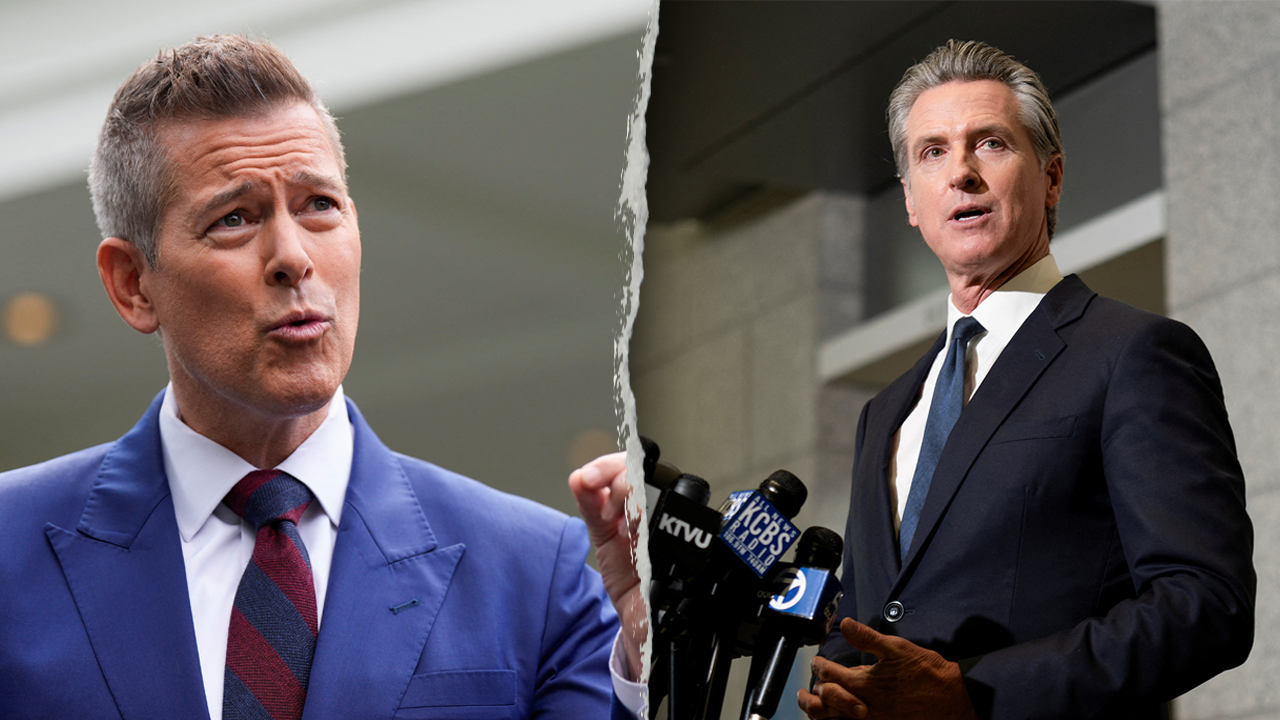The Michael Saylor Bitcoin strategy, explained
Saylor’s thinking was driven by a deep concern about the future of fiat currency.
When Michael Saylor, then CEO of Strategy, announced in August 2020 that his business intelligence firm was adopting Bitcoin (BTC) as its primary treasury reserve asset, many saw it as a radical (even reckless) decision.
Fast forward to June 2025, and Saylor’s move has not only secured Strategy’s place as one of the largest corporate holders of Bitcoin, it’s also changed how companies think about cash, value and long-term financial strategy.
No doubt, his approach has helped spark a broader wave of institutional Bitcoin buying and pushed digital assets deeper into corporate finance
With governments printing money at record levels during the COVID-19 pandemic, inflation was climbing fast. Saylor believed the dollar (and other major currencies) was losing value. He saw Bitcoin as the best possible hedge: a digital, fixed-supply asset that could hold purchasing power over time.
This idea, now widely known as the Michael Saylor Bitcoin strategy, was about protecting Strategy’s treasury. Saylor called Bitcoin “digital gold,” and he believed it offered better long-term value than holding dollars or bonds.
So in August 2020, Strategy bought 21,454 BTC for $250 million.
Over the next few years, Saylor reshaped Strategy into a company with a dual identity: a tech firm and a Bitcoin corporate treasury vehicle.
How Strategy funds its Bitcoin acquisition
Saylor’s plan was to keep buying Bitcoin aggressively and at scale. To do that, Strategy used a mix of financial tools: convertible senior notes, secured loans and equity sales. This let them raise billions of dollars without selling off existing assets.
This created what many now call a Bitcoin accumulation strategy or “Bitcoin flywheel”:
- Raise funds: Strategy issued low-interest debt or sold stock to raise capital.
- Buy Bitcoin: The money raised was used to buy large amounts of Bitcoin.
- Market boost: As Bitcoin’s price rose, Strategy’s stock, MSTR, also surged. Investors saw the company as a way to get exposure to Bitcoin.
- Reinvest: With the stock price rising, Strategy could raise even more money, cycle it back into more BTC purchases, and repeat the process.

This financial model allowed the company to scale up its Bitcoin holdings quickly and efficiently. It also positioned Saylor as one of the boldest voices in corporate finance.
By June 2025, Strategy had acquired 582,000 BTC at an average price of roughly $70,086 per Bitcoin. That adds up to a total investment of around $40.79 billion.
While Strategy isn’t the biggest overall Bitcoin holder (that would be Satoshi Nakamoto, large crypto exchanges or Bitcoin ETFs like BlackRock’s IBIT), it is by far the largest publicly traded company holding Bitcoin directly on its balance sheet.
Did you know? Blockchain researchers, using advanced clustering techniques like the Patoshi Pattern, have traced approximately 22,000 addresses that likely belong to Satoshi Nakamoto. Combined, they hold an estimated 1.096 million BTC (about 5% of the total Bitcoin supply), valued today at over $106 billion.
Why Strategy’s Bitcoin approach is both bold and risky
From a performance perspective, Saylor’s Bitcoin investment philosophy has delivered massive results. Since that first Bitcoin purchase, Strategy’s stock has surged — at one point gaining more than 2,500%. That growth outpaced both Bitcoin itself and almost every other major asset.
As of June 2025, the company’s market cap is roughly $106 billion. Its Bitcoin holdings are worth about $62.6 billion. That 70% premium is a sign of how much confidence investors have in Saylor’s BTC strategy and the company’s role as a Bitcoin holding company.
But this kind of aggressive approach comes with risk.
The biggest danger is Bitcoin’s price volatility. A sharp drop in the market could dramatically shrink the value of Strategy’s assets. Also, because the company used debt to buy Bitcoin, a crash could make it harder to meet loan obligations.
Despite that, the company has held firm in its corporate Bitcoin strategy. So far, long-term price growth has helped offset those risks. But Strategy still has billions in debt coming due, and if Bitcoin falters, they’ll need to rely on new financing — or profits from their original software business — to stay afloat.
Not everyone is on board with Saylor’s plan. Critics like short-seller Jim Chanos have called it “financial gibberish,” warning that mixing a tech business with a speculative asset is a dangerous blend.
Others worry about the premium at which MSTR trades compared to its actual BTC holdings. If that premium collapses, the stock could take a major hit.
Still, Saylor remains unshaken. He’s argued that Strategy is creating a more efficient, modern version of corporate finance. Instead of leaving cash to lose value, he’s given investors direct, regulated access to Bitcoin, without the hassle of private keys or self-custody. His long-term vision hasn’t changed.
Milestones on the Bitcoin corporate treasury journey
Strategy’s Bitcoin journey is filled with bold moves and major financing milestones that reflect Michael Saylor’s Bitcoin strategy in action:
- August 2020: The company kicks things off with the purchase of 21,454 BTC for $250 million, its first step toward becoming a Bitcoin corporate treasury leader.
- December 2020: Strategy raises $650 million through its first convertible notes offering to buy more Bitcoin.
- February 2021: A new round of convertible notes is followed by a public stock offering, again with the goal of acquiring BTC.
- 2022-2023: Even during the crypto bear market, Strategy continues buying, showing the world that Saylor’s commitment isn’t just talk.
- Early 2025: Two major deals happen back-to-back: a $2-billion convertible notes round in February followed by a $2.1-billion preferred stock sale in March. Both are used to fund more Bitcoin purchases at scale.
These moments highlight a Bitcoin accumulation strategy that has helped Strategy become the largest publicly traded Bitcoin holder in the world.
Did you know? Michael Saylor resigned as MicroStrategy’s CEO on Aug. 8, 2022, right in the midst of a major crypto bear market. The company had just reported a $918-million impairment on its Bitcoin holdings, and Bitcoin had fallen below $20,000. Saylor moved into the role of executive chairman to focus on the company’s Bitcoin acquisition strategy while handing CEO duties to Phong Le.
The future of institutional Bitcoin buying
Michael Saylor’s crypto investment thesis has changed how some investors, executives and even regulators view Bitcoin in the broader financial system. Looking toward the rest of 2025 and beyond, his strategy continues to dominate the conversation.
1. Bitcoin gets corporate credibility
By making such a public commitment, Saylor helped legitimize Bitcoin as a real asset for corporate treasuries.
His bold positioning encouraged other companies to think seriously about allocating to BTC, even if at a much smaller scale. The idea that Bitcoin belongs on a company balance sheet is now being discussed in boardrooms around the world.
2. A new model for treasury management
The “Strategy model” has created a blueprint for businesses looking to hedge against inflation and diversify with digital assets.
Most companies won’t follow Saylor’s high-risk approach, but his framework has pushed corporate finance in a new direction.
More firms are exploring Bitcoin allocation strategies as part of a longer-term hedge, particularly those looking beyond just holding cash.
3. TradFi and crypto are converging
The success of Bitcoin spot ETFs has made it easier for traditional investors and institutions to get exposure. Tools like BlackRock’s IBIT and new Financial Accounting Standards Board (FASB) guidelines allowing companies to report crypto at fair market value have made digital assets more accessible than ever.
This convergence between traditional finance and crypto is exactly what Saylor has been betting on and helping drive.
4. Michael Saylor’s vision: Bitcoin to $1 million
Saylor still predicts Bitcoin hitting $1 million over time, and he’s publicly said that the days of deep bear markets may be behind us. In his view, we’re entering a digital gold rush, and Strategy’s BTC holdings are the company’s stake in that new frontier.
Also, while some of Big Tech’s giants (like Apple or Google) have stayed cautious about adding Bitcoin to their balance sheets, the broader trend is clear. Surveys show rising digital asset adoption among corporations and funds. Saylor’s influence is everywhere.
Whether you agree with him or not, Michael Saylor’s Bitcoin moves have helped define a new era — one where companies build balance sheets with Bitcoin.
Read the full article here















